STEAMPunk Pottery Project
Local performance potter Steve Barney is part of a new program in the works to promote “STEAM” Education On the Coast.
- story by Karen Fineran, photos by Robert Mosley
Later this month, Gulf Coast residents will have the opportunity to see Barney’s STEAMPunk Pottery Project performances in action. Barney has entered into a strategic partnership with the Ohr-O'Keefe Museum of Art (OOMA) in Biloxi to launch a new educational venture dubbed "STEAMPunk: AN OHRiginal Enterprise."
The program is designed to integrate the STEAMPunk genre, the "Maker" culture and the experience of making pottery. The combination of elements will be applied to a unique new educational curriculum. On January 30th, from 10am to 6pm on the grounds of the Ohr, Barney will perform a "sneak preview" of the project, informally demonstrating his radically innovative pottery-making machine and techniques. Then on March 5th, Barney will be the host and the headliner at OOMA's kick-off event to introduce the new curriculum. It's scheduled to coincide with "Coast Com" (AKA Comic Com on the Gulf Coast) and the Mississippi Museums Association's annual meeting, being held this year at OOMA. The March event will feature George Ohr-like circus sideshow performances.
STEAM is a new offshoot of the STEM (Science, Technology, Engineering and Mathematics) school-based educational curriculum, which teaches an engineering approach towards real-world problems while building math and science skills. The nascent STEAM movement seeks to add an “A” to the equation by integrating art into the STEM curriculum. For Barney this would mean applying principles of industrial machinery and engineering to the experience of creating pottery, thereby introducing concepts like rotation, gravity, centrifugal force, engine torque, and mechanical leverage to students.
With an electrical engineering degree from Tufts and a lifelong interest in industrial design, Barney spent 15 years as an instructional design consultant in Boston and created interactive computer simulations for clients like museums and educators. But Barney had also been throwing clay pottery on the wheel since he was a child growing up in Buffalo, New York. Creating and teaching ceramic art were always an important part of his life, and he itched to bring his artistic interests and his passion for engineering together. Barney initially visited New Orleans several times for Jazz Fests; when he made exploratory forays into the surrounding areas, he fell in love with the Mississippi Gulf Coast. Shortly after Hurricane Katrina, Barney bought and renovated several cottages in Old Town Bay St. Louis, throwing himself into the creative process of restoring historic homes. Within a couple of years Old Town became home.
When Barney decided recently to pursue his passion for pottery on a full-time basis, the key was deciding on his own path. “There are literally hundreds of potters working and selling their wares on the Gulf Coast,” he says. “I just couldn’t see myself throwing coffee mugs all day long and then trying to sell them into an oversaturated pottery market. And to me, really, the cognitive process of throwing pottery is more interesting than the product. So I decided to focus on the process.”
Barney’s fascination with industrial machinery had taken a steampunk turn in the late 1990s. Steampunk as a movement incorporates a Victorian industrial aesthetic: think H.G. Wells, Jules Verne, or Mary Shelley’s “Frankenstein” with a modern sensibility. While Barney had long felt influenced by the post-apocalyptic “Mad Max” movie series and William Gibson’s cyberpunk novels, his “eyes and mind were blown” when in 1997 he started attending the annual Burning Man art festival in Nevada’s Black Rock Desert. There he got carried away by the outrageously high tech/low tech contraptions, art cars, sculptures, and performance art on display and before long was exploring the diesel punk world of machine-design innovation and folk engineering, fashioning original contraptions out of old flywheels and belt pulleys. 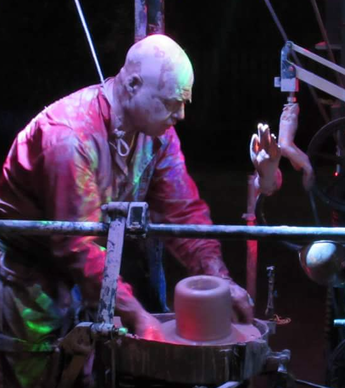
Next came the design and fabrication of Barney’s steampunk extreme pottery-making machine, Agile Argile (French for “agile clay,” pronounced ajeel arjeel). Agile Argile is an odd collection of vintage pottery equipment, industrial-revolution-era machinery, homemade tools, belts, robot arms, and mannequin hands — all powered by a collection of antique motors, belts, pulleys and flywheels. The bizarre and dangerous-looking contraption also includes a flamethrower, lasers, LED lighting, and sound effects.
Barney can use Agile Argile upside down, using reverse gravitational forces to throw an upside down pot by affixing a lump of clay upon its 19th-century cast-iron drill press, which then pulls itself down from its base by gravity. Upside-down pottery throwing is not particularly novel, Barney explains. Many potters over the years have bolted wheels to the ceiling in their studios and “pulled down” surreally tall structures that are not possible to create on a standard potter’s wheel. Barney chose to further explore the process by inverting his body so his hand-and-body orientation to the wheel and spinning clay could be maintained while he was throwing. Thus, Barney dons a climbing harness supported by an electric winch, working upside down with a remote control for as long as he can stand it before the dizzying rushing of blood to his brain impels him to re-right himself. When he first started climbing into the harness about 15 months ago, he could only hang for about 45 seconds before blackness oozed across his vision. Now he hangs for about 2 ½ minutes at a time. Another striking visual feature of Agile Argile is a series of fixed and mounted mannequin hands attached to multi-axis pivoting arms to mimic the potter’s hands performing particular tasks. Functioning simultaneously, they conjure a demented Wizard of Oz or the multi-armed Hindu deity Shiva.
Barney engages audiences in vaudevillian fashion, responding as they shout out to him with pot-throwing guidance. He centers lumps of clay with his bare head, using the eyes of the audience and really involving them in the throwing process — turning a typically solitary endeavor into a collaborative and participatory experience. Individual viewers have unique interactions with the machine, Barney says, and he sees powerful emotional and visceral reactions from the audience.
Barney's relationship with the Ohr-O’Keefe Museum of Art began when he first visited OOMA a couple of years ago and learned about the fantastical works and vaudeville persona of the self-proclaimed “Mad Potter of Biloxi” George Ohr. Ohr was a master of carnivalesque self-promotion, and his pottery shop was an established coast tourist attraction where fascinated visitors could watch the Mad Potter give entertaining performances as they purchased mementos of their trip. Ohr’s eccentric persona and flair resonated with Barney. “As I walked around the Ohr museum and grounds, I felt like I had come home," Barney said. Weeks after that visit, Barney dreamed of Ohr himself directing him to carry out Ohr's artistic vision using a steampunk premise. “This concept really belongs at the Ohr Museum,” Barney says. “It’s the right idea at the right place and the right time.” Barney plans to take his machine to schools, museums, and festivals across the state and pique children’s interest in pottery, as well as inspire passion for learning about engineering, machinery, robotics, and other sciences. “The steampunk concept really brought it all together for me. I thought, if I could teach pottery as a creative and cognitive process, and incorporate my passion for engineering, then I could gift to the children so many things that I’ve learned over the years. I feel like my ideas have the potential to touch thousands of kids nationwide.” Barney sometimes appears in Bay St. Louis at Second Saturday and other local events, often in front of the Ugly Pirate bar. For more information about the SteamPunk Pottery Project, email Barney at [email protected]. Comments are closed.
|
Categories
All
Archives
July 2024
|
Shoofly Magazine Partners
Our Shoofly Partners are local businesses and organizations who share our mission to enrich community life in Bay St. Louis, Waveland, Diamondhead and Pass Christian. These are limited in number to maximize visibility. Email us now to become a Shoofly Partner!

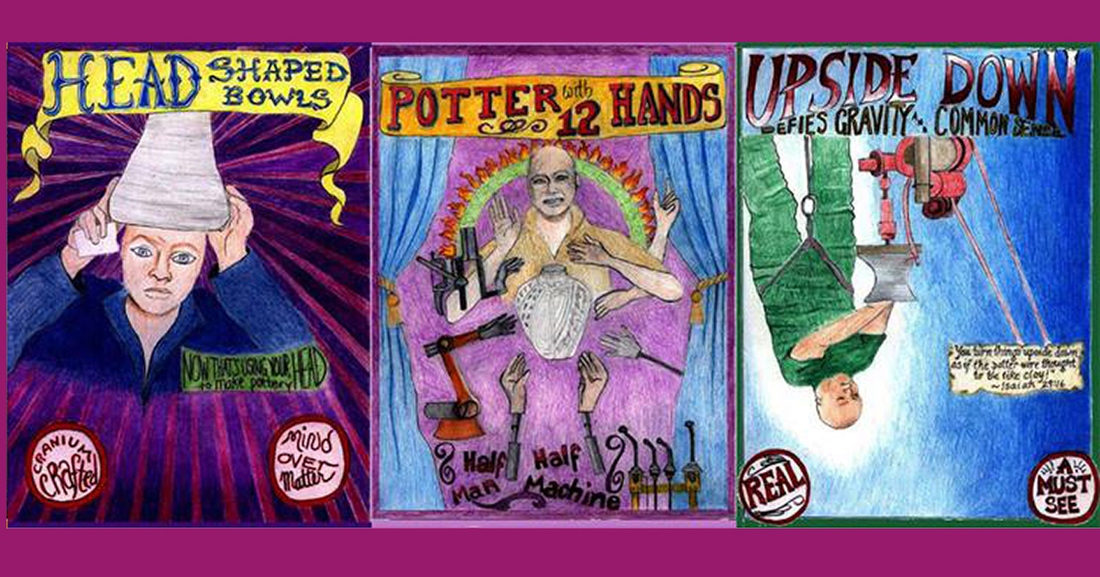

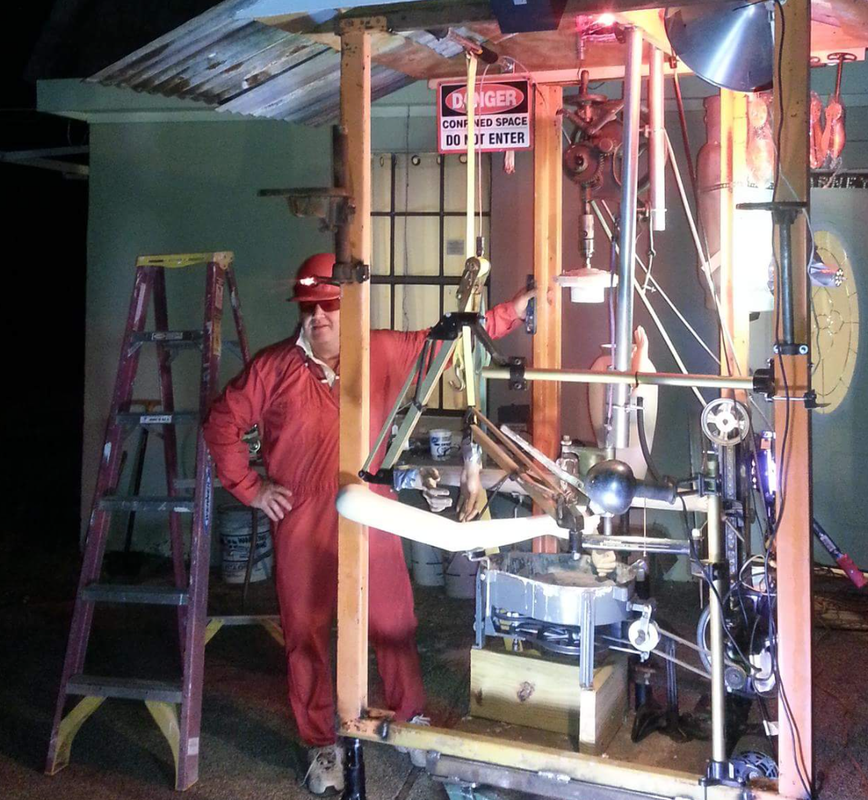
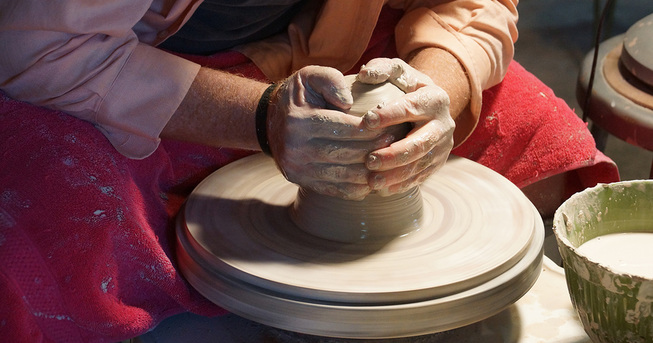
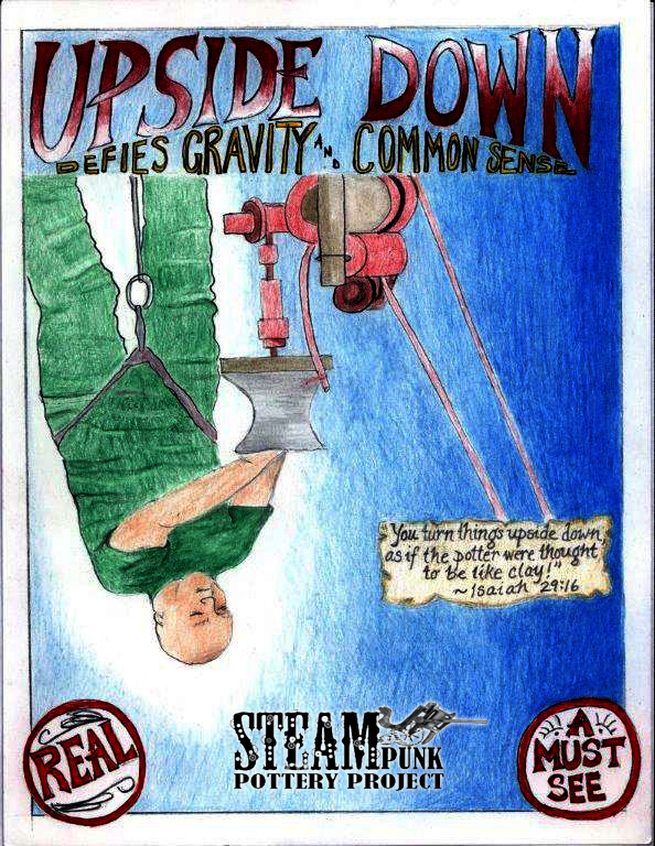
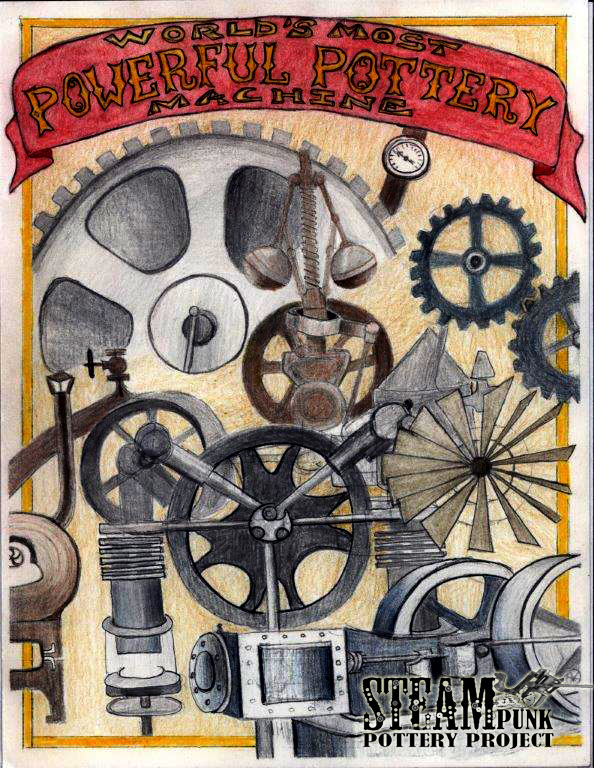
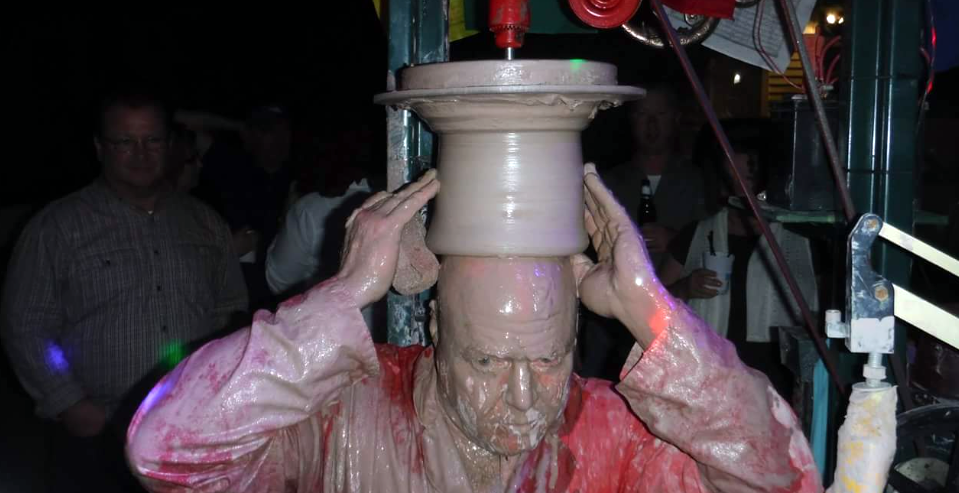
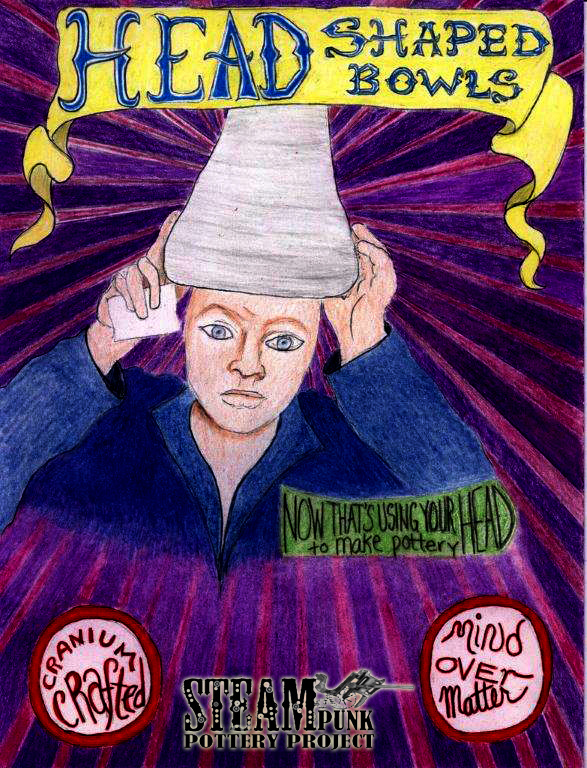
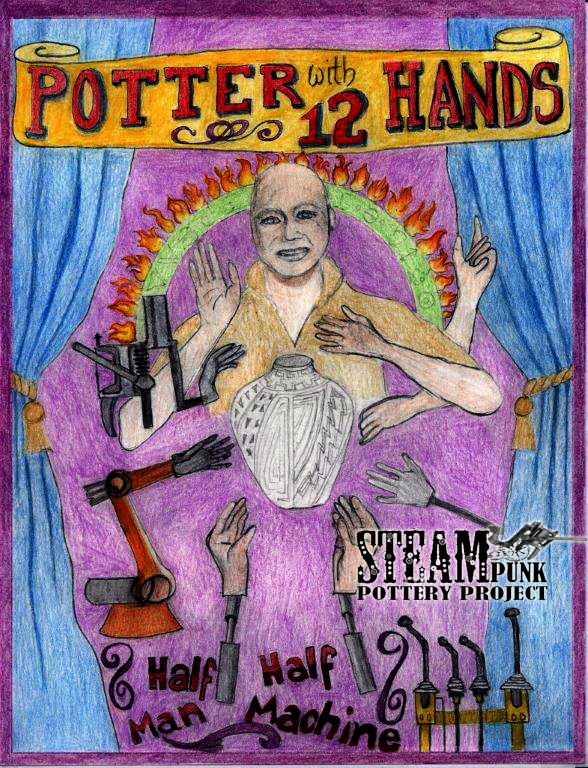

























 RSS Feed
RSS Feed























